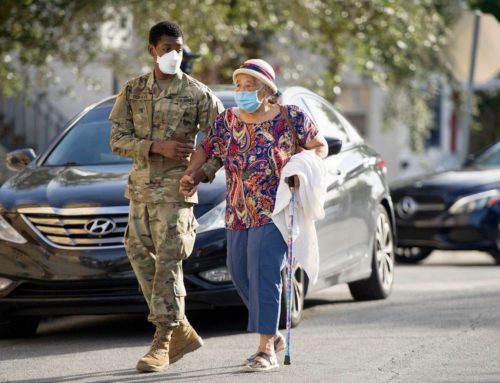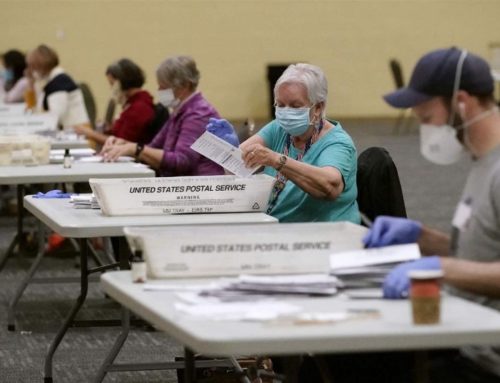While most of the country remains focused on continuing to increase testing, tracing and treatment capacity in order to restore local economies, state and local leaders are beginning to have to confront a new set of challenges related to their own government budgets.
Local governments, which have been on the frontlines in the fight against the coronavirus, also face the shocks to their local economies from reduced activity and sales, deferred tax payments, less traffic revenue, decreased transit ridership and more. The economic crash caused by the coronavirus pandemic has caused significant state and local government tax revenue losses which will result in budget shortfalls that require significant cuts to public services at a time when people need support the most.
A recent survey of leaders from 2,400 cities for the U.S. Conference of Mayors (USCM) and National League of Cities (NLC) noted that nearly 9 in 10 cities expect budget shortfalls due to the economic impact of the COVID-19 pandemic. Over half of cities with populations between 50,000 and 500,000 expect to furlough employees and nearly 40% expect to lay off workers.
It is clear that nearly every city in America is under great strain with more pain on the way. Local governments will continue to play a major role with states in continuing to track and contain the spread of COVID-19. The economic downturn has also put strain on many city services such as emergency preparedness, public health and food security and distribution. Vulnerable populations tend to stress systems in a crisis.
Unfortunately, most cities have been left with little direct support from the federal government. In the latest Congressional rescue package, only 36 cities with populations above 500,000 became eligible for direct funding. According to USMC, the “$150 billion is provided under a formula that divides the funding among the 50 states, the District of Columbia, the territories, and tribal governments.” Within a state, only “units of local governments” with populations that exceed 500,000 are eligible to receive direct funding from the federal government as a portion of the State’s allocation. As the text reads, “the term ‘unit of local government’ means a county, municipality, town, township, village, parish, borough, or other unit of general government below the State level with a population that exceeds 500,000.”
In essence, that means no cities from Alabama, Arkansas, Louisiana, Mississippi, South Carolina and Virginia are eligible for direct funding for coronavirus response. And that’s not to mention state cuts expected to deeply impact local governments.
With less flexibility to respond to economic downturn compared to the federal government, anticipated declines in state and local tax revenues and hotel fees will be met with layoffs, furloughs, program and service cuts, delayed infrastructure projects, and possible tax and fee increases. But, the impact will not be felt equally.
What happens when cities and counties face budget cuts? What services get cut first? Who gets left behind?
The answer is usually the very people who rely most on the government for support. In this case, those are the elderly who have taken the brunt of the virus as well as the very frontline workers in hourly jobs in the healthcare, service and hospitality sectors.
We join mayors and local leaders from communities big and small who are advocating for more direct funding in subsequent federal response packages.
Local governments are on the front line of the country’s COVID-19 response and their leadership is working tirelessly to respond to the evolving public health and economic crisis in their communities.
All local governments need direct federal funding support to continue providing the crucial services that heir citizens need. The interim bill being negotiated in Congress must address the needs of local governments and address the fact that fewer than 1% of cities and towns are large enough to qualify for direct aid under the current population threshold rule.




